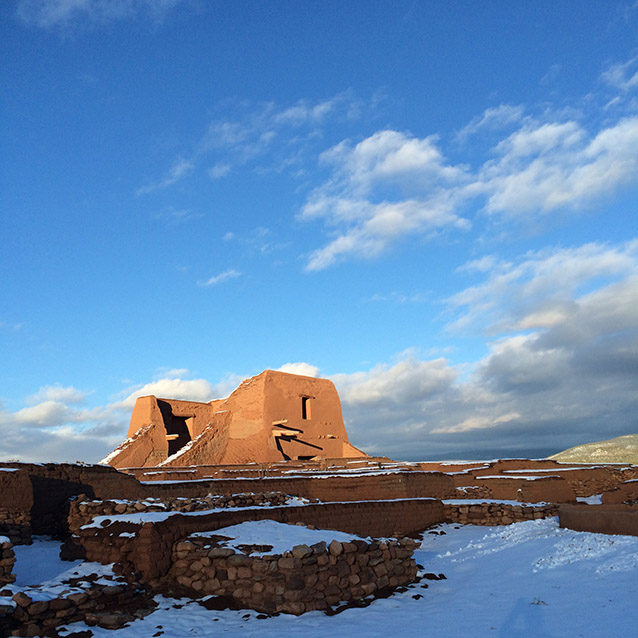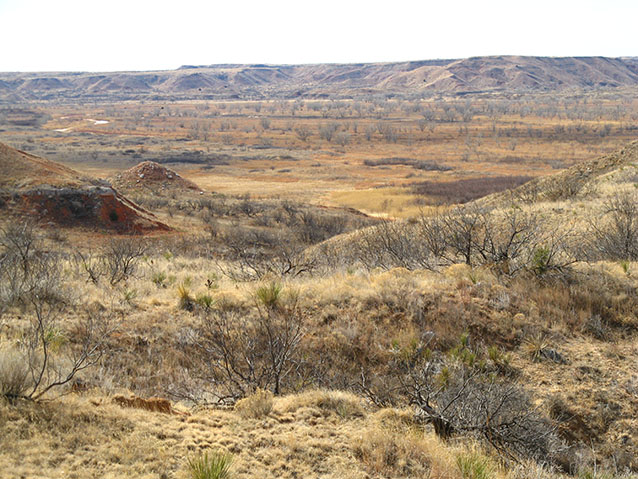Both the Clean Air Act and the National Park Service Organic Act protect the air in national parks. A park's scenery and vistas, vegetation, water, and wildlife can all be affected by air quality.
Many parks are designated as "Class I" areas. These areas receive the strongest protection under the Clean Air Act. Over the past three decades, the National Park Service has developed several programs for monitoring air quality.

Steve Buckley
The NPS's monitoring program looks at three main components of air quality: atmospheric wet and dry deposition, ozone, and visibility. Information on these air quality parameters comes from data products made available by other agencies and partners that conduct the actual monitoring (see Table 1). NPS reporting summarizes this information for specific parks and parameters. Understanding changes in air quality can help interpret changes in other monitored “vital signs” (i.e., ecological indicators) and support evaluation of compliance with legislative and reporting requirements.
Monitoring Questions

NPS Photo
Because air quality data collected in national park units are summarized and analyzed for conditions and trends by both the NPS-Air Resources Division (NPS-ARD) and the national programs that conduct the monitoring, it is not the networks’ objective to replicate these analyses. Instead, these data summaries are compiled and provided in concise reports that can be analyzed in conjunction with other vital signs. Air quality monitoring questions that the networks use this information to answer include:
- What are the conditions and spatial and temporal trends in nitrogen deposition, sulfur deposition, ozone, and visibility-reducing pollutants in network park units?
- How do ozone, nitrogen deposition, sulfur deposition, and visibility-reducing pollutants vary with associated vital signs (e.g., vegetation community composition, exotic plant status, climate)?
Methods
Field operations consist of weekly visits for inspection, routine maintenance, and sample collection by park staff, and semi-annual maintenance by program specialists. Air quality instruments are generally automated to ensure data consistency and minimize staff workload. Specific details on the field methods used to collect air quality data can be found in the full version of the Air Quality Monitoring Protocol and Standard Operating Procedures for the Sonoran Desert, Southern Plains, and Chihuahuan Desert Networks.
Products, Scope, and Schedule
Because the NPS-ARD and its cooperators do not operate on a coordinated reporting schedule for all parameters monitored in network parks, air quality reporting is done on a periodic, rather than regularly scheduled basis. The networks have produced park-based briefs based on these results and following the release of the NPS-ARD’s annual performance and progress reports. These briefs can be found on the Science of the American Southwest website (www.nps.gov/swscience).
Prepared by Alice Wondrak Biel, Sonoran Desert Network, 2011. Updated 2017.
Tags
- bent's old fort national historic site
- big bend national park
- capulin volcano national monument
- carlsbad caverns national park
- fort larned national historic site
- guadalupe mountains national park
- pecos national historical park
- washita battlefield national historic site
- swscience
- american southwest
- chihuahuan desert
- southern plains
- chdn
- sopn
- air quality
- monitoring
- project
- science
- climate
Last updated: December 9, 2022
